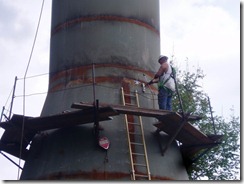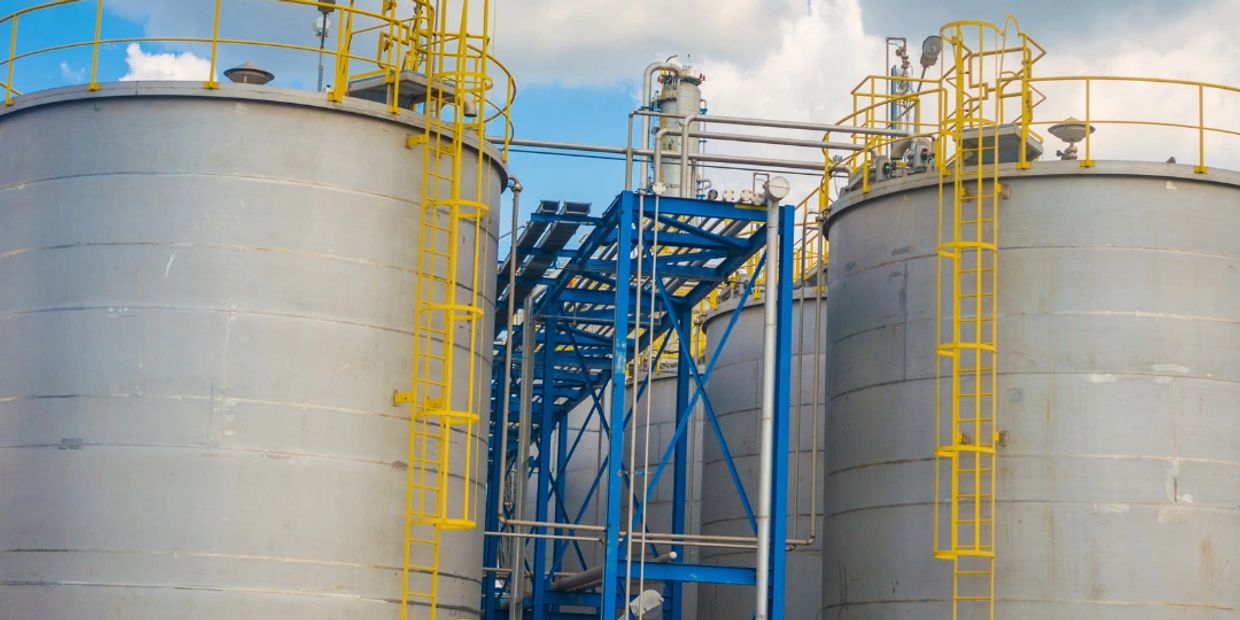A Thorough Introduction of Storage Tank Welding Inspection Requirements and Methodologies for Improved Weld Top Quality and Performance
The relevance of welding examination standards in the manufacturing of containers can not be overemphasized, as they serve as the backbone for making certain weld honesty and operational dependability. Different examination strategies, including visual evaluations and progressed non-destructive screening approaches, are crucial in determining possible flaws that might jeopardize performance.
Importance of Welding Examination Specifications

Welding evaluation requirements encompass a series of criteria, including product specifications, welding treatments, and credentials of personnel included in the welding process. By implementing these requirements, organizations can methodically determine and rectify possible defects, consequently lowering the likelihood of expensive fixings or tragic failures. Additionally, rigorous examination methods foster a society of accountability and accuracy, encouraging welders to preserve high levels of craftsmanship.

Common Welding Evaluation Methods


Ultrasonic Examining (UT) is an additional widespread method, using high-frequency audio waves to identify inner problems that may not show up externally. This approach is specifically efficient for determining voids or incorporations within the weld steel. Magnetic Bit Evaluating (MT) is also extensively utilized, particularly for ferromagnetic materials, as it discloses surface area and near-surface defects through the application of electromagnetic fields and ferrous fragments.
In Addition, Liquid Penetrant Testing (PT) identifies surface-breaking flaws by applying a penetrant to the weld and afterwards utilizing a designer to extract the penetrant. Each of these techniques contributes to a detailed examination strategy, ensuring that welds fulfill the rigorous high quality criteria required in storage tank construction.
Regulatory Standards and Compliance
Regulatory criteria and conformity are important parts in making sure the safety and reliability of bonded frameworks in storage tank building - Tank Welding Inspection. These standards offer to establish minimum demands for click here for more product residential properties, welding procedures, and assessment practices, consequently lowering the danger of architectural failures and improving total performance
Key companies, such as the American Society of Mechanical Engineers (ASME) and the American Welding Culture (AWS), provide guidelines that are commonly taken on in the industry. Compliance with these criteria not only guarantees adherence to finest techniques but likewise fulfills legal and contractual responsibilities, guarding the interests of stakeholders.
Regulative bodies commonly mandate adherence to specific codes, such as ASME Code Section IX for welding certifications and API 650 for bonded containers. These codes lay out requirements for welding techniques, credentials of employees, and screening methods to verify weld stability.
Routine audits and assessments are vital to keeping conformity, as they help recognize inconsistencies from developed find out standards. Non-compliance can result in significant fines, task delays, and security risks. Therefore, a durable understanding of regulatory standards and a dedication to compliance are vital in accomplishing high-quality and durable bonded storage tank structures.
Non-Destructive Checking Methods
Exactly how can the honesty of welded frameworks be assured without triggering damages? Non-destructive testing (NDT) approaches offer a durable remedy, allowing examiners to evaluate weld quality without endangering the product - Tank Welding Inspection. Among one of the most typical NDT methods are ultrasonic testing (UT), radiographic screening (RT), magnetic particle screening (MT), and color penetrant testing (PT)
Ultrasonic testing uses high-frequency acoustic waves to discover internal imperfections and identify material residential or commercial properties. It provides specific measurements and is particularly reliable for thick materials. Radiographic testing entails passing X-rays or gamma rays through the weld, developing pictures that reveal architectural flaws such as cracks or gaps. This method is invaluable for analyzing the stability of intricate welds.
Magnetic bit screening is suited for ferromagnetic products, where electromagnetic fields disclose surface and near-surface stoppages. Dye penetrant screening makes use of a fluid color to highlight surface-breaking problems, making it an effective approach for non-porous materials.
Each of these NDT approaches has distinct advantages, enabling comprehensive evaluations customized to details products and welding procedures. By carrying out these methods, markets can ensure the reliability and security of bonded structures, eventually improving total performance.
Enhancing Weld High Quality Via Examination
Effective evaluation plays a critical role in enhancing weld high quality, acting as an essential checkpoint in the manufacture process. By identifying prospective flaws early, assessments minimize the threat of compromised structural integrity and guarantee conformity with sector criteria. Utilizing a combination of aesthetic evaluations, non-destructive screening (NDT) techniques, and mechanical evaluations, examiners can discover problems such as porosity, fractures, and insufficient combination.
Carrying out a robust evaluation procedure not only improves the overall quality of welds but also cultivates a society of liability amongst welders and fabricators. Normal training and certification of assessment workers guarantee that they are geared up with the essential skills to acknowledge and address prospective troubles effectively. This proactive strategy lessens rework and connected costs, ultimately adding to forecast effectiveness.
Furthermore, thorough documents of evaluation findings gives useful insights right into persisting problems, facilitating continual enhancement in welding practices. By leveraging innovative innovations, such as automated ultrasonic screening or electronic radiography, weld quality can be boosted with more exact assessments. Finally, an extensive inspection procedure is essential in attaining premium welds, my latest blog post ensuring security, reliability, and long life in tank construction.
Conclusion
Finally, the implementation of extensive tank welding assessment criteria and approaches is crucial for guaranteeing weld honesty and performance. By using a mix of visual assessments, non-destructive testing techniques, and adherence to governing standards, organizations can successfully identify and reduce prospective problems. Fostering a society of responsibility among welders even more improves the top quality of welding processes. Inevitably, these practices add to lowered architectural failings, lower repair prices, and enhanced operational effectiveness within the market.
Comments on “Why Routine Tank Welding Inspection is Critical for Architectural Honesty”